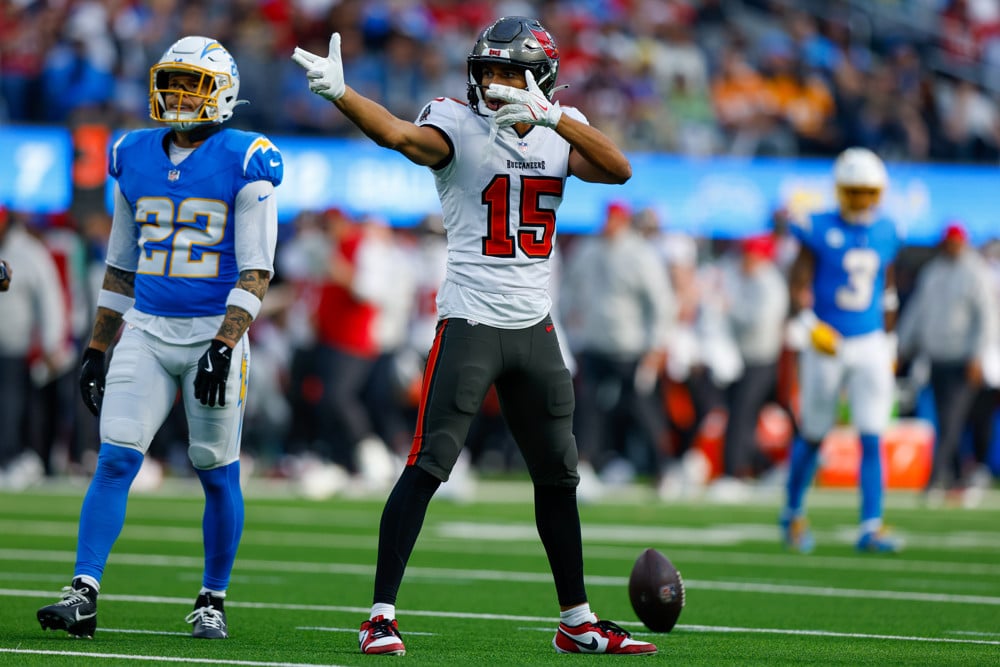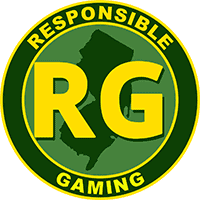Best ball has officially become a year-round sport. For the second year in a row, Underdog Fantasy has released best ball for the upcoming season prior to the Super Bowl. This means three months of drafting before the NFL even has their draft. Many of the traditional best ball themes apply, but there are also some key differences for which I alter my drafting strategy.
Here are five adjustments I am making in these pre-NFL Draft contests:
1) Adapting to 20 rounds vs. 18 rounds
One of the most significant changes in the pre-draft best ball format is the shift from 18 rounds to 20 rounds. This adjustment requires a recalibrated approach to roster construction. With two additional picks, managers can add more depth and take calculated risks on high-upside players who might otherwise go undrafted. Often these extra rounds are used to secure additional handcuffs, late-round fliers, or bolster weaker positions. The majority of 19th- and 20th-round picks end up being irrelevant, but that doesn’t mean we shouldn’t give proper attention to these rounds. I like to take two core strategies for my end-of-draft picks: 1) for RBs and WRs, I aim primarily for upside and 2) for QBs and TEs, I mostly look for a clear line of sight to playing time. I’ve learned that trying to pick the ‘safe’ RBs and WRs where you think they have a locked-in role is often not as safe as expected. And when all of the picks have unclear roles, when I do hit on a player with a strong role, I want there to also be substantial upside — either via that player’s talent or being in an explosive offense. The player’s talent can lead to big plays despite volume concerns or across the season help them seize a starting role (i.e., Jalen McMillan). The explosive offense may mean less expected playing time, but given an injury or two, the player can hit just by being on the field (i.e., Ricky Pearsall to end the 2024 season).
It can be tempting to try and hit a home run with every late pick, as we still have visions of Kyren Williams and Puka Nacua. But the harsh reality is, as drafters get more sophisticated in their pre-draft analysis, the likelihood of hitting a high-upside player decreases as the majority of these players won’t ever be starters. Where that often differs is for the QB and TE positions. Players like C.J. Stroud and Bo Nix were both end-of-draft picks their rookie years that had strong breakout seasons. And Sam LaPorta didn’t even have an ADP during the early days of his rookie season’s Big Board contest. Beyond rookies, you can often find unsexy veterans that are unlikely to deliver a huge season, but they can still provide meaningful points at the position. This year, that includes guys like Derek Carr and Russell Wilson, or Ja’Tavion Sanders and Tyler Higbee. The key is to structure your drafts knowing where you may be able to find late-round pieces to complement your roster. Often this means devaluing the high-end QBs and TEs knowing, with the extra roster spots, you can attack that position with quantity — something which is more difficult with 18 rounds where what you’re giving up in the late rounds is more costly. An example is if you draft two mid-round TEs, know you can always throw on a late third. While that extra TE may not win you your league, the RB or WR you may take in the 14th instead of that third TE could break out. With the extra two rounds, I often find myself drafting a late third TE and occasionally a late third QB to raise my floor and give me another stack come playoff time. One additional note: Scrolling down to select players that are not often being drafted is less important than in 18-round leagues, but it can still be effectively employed, particularly as the contests get closer to filling.
My most common 20-round roster build: 3-6-8-3
My positional ranges for 20-round roster builds: 2-3 QBs, 5-8 RBs, 7-10 WRs, 2-4 TEs
2) Positional fragility
When drafting six-plus months out from the season, prior to roster cuts, free agency, and the NFL Draft, we must accept there are quite a few unknowns with where players will end up and what roles they will have. One of the most common traps drafters fall into is drafting players with perceived projectable volume when their roles
We've launched a new NFL Best Ball product
Best Ball is a draft-only format. No trades, no waivers, and no setting lineups. Our Best Ball team includes a mix of the most successful players and highly-regarded fantasy analysts: Adam Levitan, Justin Herzig, Evan Silva, Mike Leone, and more.
This product is designed to go well beyond our industry-leading rankings, including ADP, Late-Round Targets, Players to Scroll for, Projected Ownership, Market Movement Reports and more.
Click below to learn more about what’s inside our NFL Premium Best Ball subscription.
Best Ball Product Details » Already a subscriber? Log In

